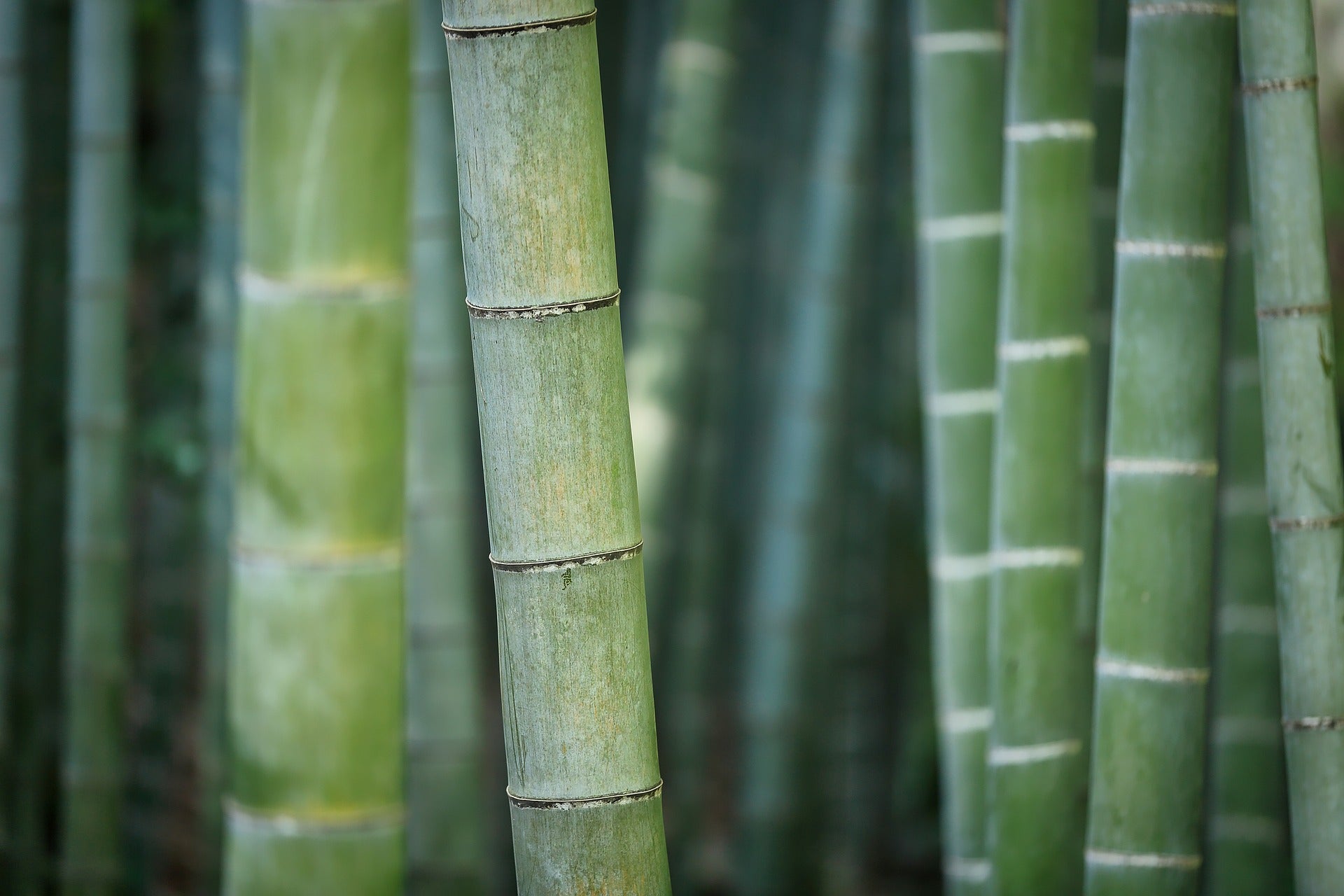
Why Bamboo Fabric for Clothing and Bedding?
As the demand for sustainable clothing and bedding increases, there are a dizzying amount of fiber options, like modal (eucalyptus), tencel (birch), organic cotton, recycled polyester, hemp, flax, bamboo, and more.
To produce garments with the gentlest impact on the planet possible, we have considered each of these fibers and experimented with several of them. And since 2006, we continuously choose bamboo as our primary fabric for reasons largely exclusive to this single, prolific plant. Here's why:
Our bamboo grows in the Shunan Bamboo Forest of China, also known as the Bamboo Sea, where Crouching Tiger Hidden Dragon was filmed! Ok, that's more of a fun fact, but pretty cool, right?!
Bamboo Preserves Water
This forest receives enough natural precipitation to grow bamboo without any additional irrigation. That's right—zero water resources get diverted to the cultivation of our bamboo, beyond what Mother Nature provides in rainfall. Zip. Zilch. Nada.
Bamboo is a Renewable Resource
Bamboo is the fastest growing, woody plant on earth, growing so rapidly and abundantly that it needs thinning every 2-5 years to prevent die-off from overcrowding!
Our Bamboo is Organically Grown
Because bamboo is so hearty, it doesn't require any agricultural chemicals or pesticides to thrive. Therefore, it does not leave any chemicals behind in the soil that conventional cotton production does.
Bamboo Improves Air Quality
In addition, bamboo absorbs carbon dioxide and produces 35% more oxygen than an equivalent stand of hardwood trees.
Bamboo Protects Soil
Bamboo roots remain in place after harvesting, preventing soil erosion and maintaining nutrients like nitrogen in the ground for continued growth.
Bamboo Promotes Economic Development
YALA's Bamboo harvesting is done by hand to maintain the integrity of the forest and its ecosystem. It produces jobs that employ local people in a rural community, who selectively cut the oldest stocks while leaving the youngest ones to grow.
Bamboo Frees Up Farming Fields
The idea of harvesting bamboo as a material arose during a food grain shortage China faced in the early 1990s when the demand for cotton infringed on the farmable land needed for food production. Bamboo grows naturally in locations that are impractical for food production. That's a whole lot to feel good about!



Leave a comment
This site is protected by reCAPTCHA and the Google Privacy Policy and Terms of Service apply.